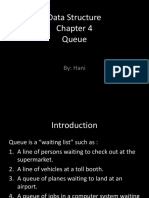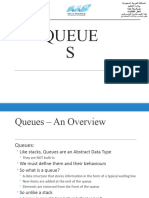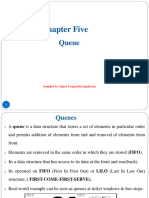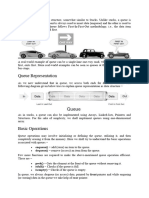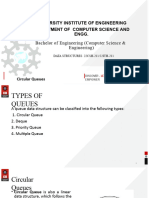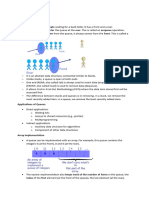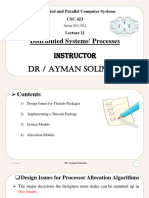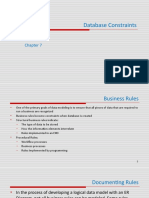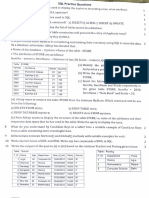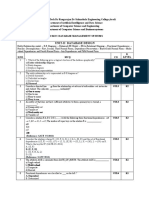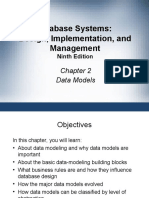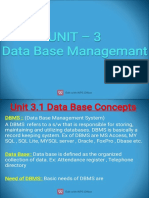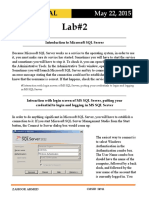0% found this document useful (0 votes)
42 views23 pagesLEC - 3 Queue
Queue is an abstract data structure where elements are inserted at the rear and deleted from the front following FIFO principle. It can be implemented using arrays, with enqueue adding elements to the rear and dequeue removing from the front. When the rear reaches the end of the array, a circular queue wraps around to the beginning to continue adding elements without wasting space. Common applications of queues include media playlists, client-server models, and waiting lists.
Uploaded by
demro channelCopyright
© © All Rights Reserved
We take content rights seriously. If you suspect this is your content, claim it here.
Available Formats
Download as PDF, TXT or read online on Scribd
0% found this document useful (0 votes)
42 views23 pagesLEC - 3 Queue
Queue is an abstract data structure where elements are inserted at the rear and deleted from the front following FIFO principle. It can be implemented using arrays, with enqueue adding elements to the rear and dequeue removing from the front. When the rear reaches the end of the array, a circular queue wraps around to the beginning to continue adding elements without wasting space. Common applications of queues include media playlists, client-server models, and waiting lists.
Uploaded by
demro channelCopyright
© © All Rights Reserved
We take content rights seriously. If you suspect this is your content, claim it here.
Available Formats
Download as PDF, TXT or read online on Scribd
/ 23




